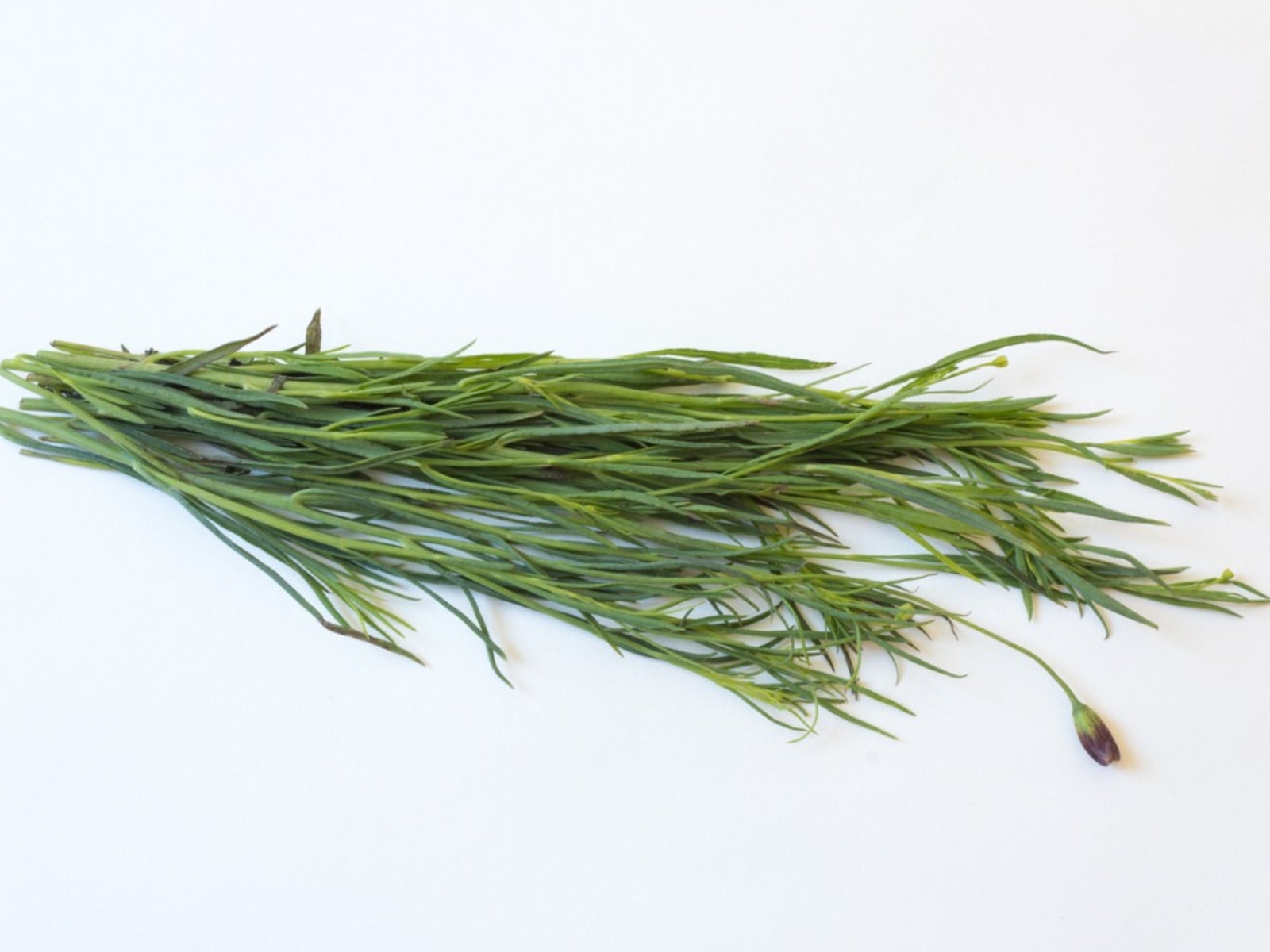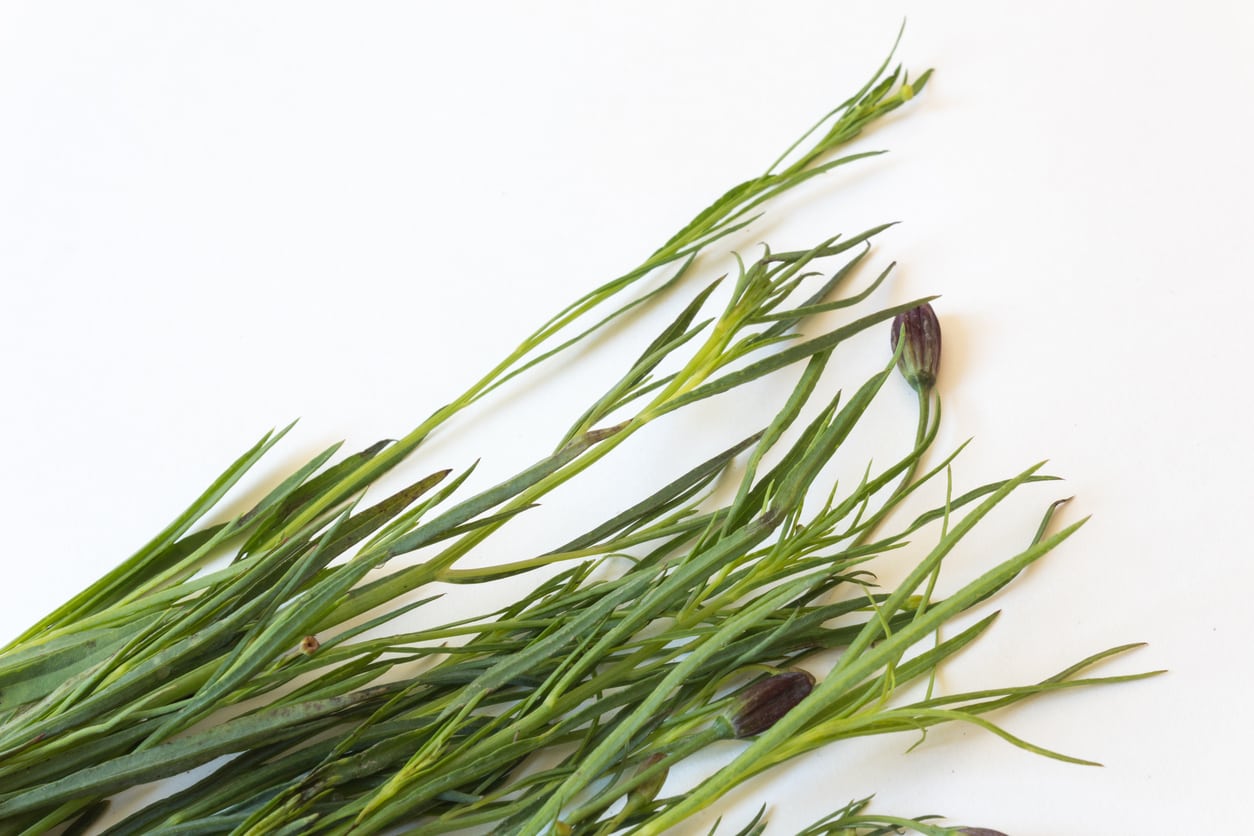What Is Pipicha – Learn How To Grow Pepicha In The Garden

If you like the flavor of cilantro, you’re going to love pipicha. What is pipicha? Often used in Mexican cuisine, pipicha (Porophyllum linaria) is an herb with the robust flavors of lemon and anise. If you’re as intrigued as I am then you want to know how to grow pepicha. Read on to find out about growing pepicha herbs, pipicha plant care, and other Porophyllum linaria information.
What is Pipicha?
If you’re a savvy reader, you may have noticed that I spelled the herb’s name two different ways. Pepicha is, indeed, also known as pepicha as well as thin papalo, tepicha, and escobeta. Sometimes confused with papalo, this native upright herb can be used similarly and is often used to flavor meat dishes. Where papalo has broad-shaped leaves and a different flavor profile, pepicha has narrow leaves, albeit a similar look to papalo.
Porophyllum linaria Information
Pipicha can be found in markets in the late spring or throughout the year dried and is used to flavor food as well as a medicinal herb. It not only puts a delicious finishing touch on dishes but contains vitamins C and B, as well as calcium and iron. The volatile oils of this herb contain terpenes, compounds that act as antioxidants – those gems that help protect cells from free radicals and environmental toxins. Pipicha herbs can be found growing naturally in the states of Puebla and Oaxaca in southern Mexico where they heavily influence local cuisine. The Nahuatl used pipicha as a medicinal herb for bacterial infections and to detoxify the liver. The herb is often used fresh as a condiment or a final addition to an entrée. It is commonly found in the Oaxacan dish, Sopa de Guias, zucchini soup made with the squash blossoms and vines of the plant. It is used to add flavor and color to rice and to lightly poached fish as well. Since pipicha is delicate and has a short shelf life, it should be refrigerated when fresh and used within three days.
How to Grow Pipicha
A short-lived perennial grown as an annual, pipicha can be direct sown when soil temperatures have warmed or transplanted out into the garden after all danger of frost has passed. Transplants should be started six to eight weeks prior to transplanting and planted in a full sun area with well-draining soil. Pipicha is hardy in USDA zone 9. An open-pollinated plant, pipicha matures in 70 to 85 days from seeding. Sow seeds to a depth of ¼ inch (6 mm.). Transplant seedlings when they are 4 inches (10 cm.) tall, spacing them a foot (31 cm.) apart in rows that are 18 inches (46 cm.) apart. Pipicha plant care is minimal once the plants have been established. They will grow about a foot (31 cm.) in height at maturity. Harvest the plant by cutting the tips of the leaves or picking entire leaves. The plant will continue to grow if harvested in this manner. It also self-sows freely. Few, if any, pests attack pipicha.
Gardening tips, videos, info and more delivered right to your inbox!
Sign up for the Gardening Know How newsletter today and receive a free copy of our e-book "How to Grow Delicious Tomatoes".

Amy Grant has been gardening for 30 years and writing for 15. A professional chef and caterer, Amy's area of expertise is culinary gardening.
-
 Terrifically Tubular Flowers For Hummingbirds: 9 Tube-Flowered Plants To Attract Hummers
Terrifically Tubular Flowers For Hummingbirds: 9 Tube-Flowered Plants To Attract HummersGrowing tubular flowers for hummingbirds helps you create the optimum feeding conditions for your winged friends. Here are nine tubed delights for hummers
By Tonya Barnett
-
 How To Grow Hydroponic Tomatoes For Fresh Indoor Harvests – No Soil Required
How To Grow Hydroponic Tomatoes For Fresh Indoor Harvests – No Soil RequiredLearning how to grow tomatoes in water is easy and allows you to harvest fresh-home-grown produce in every season without any mess.
By Ellen Wells
